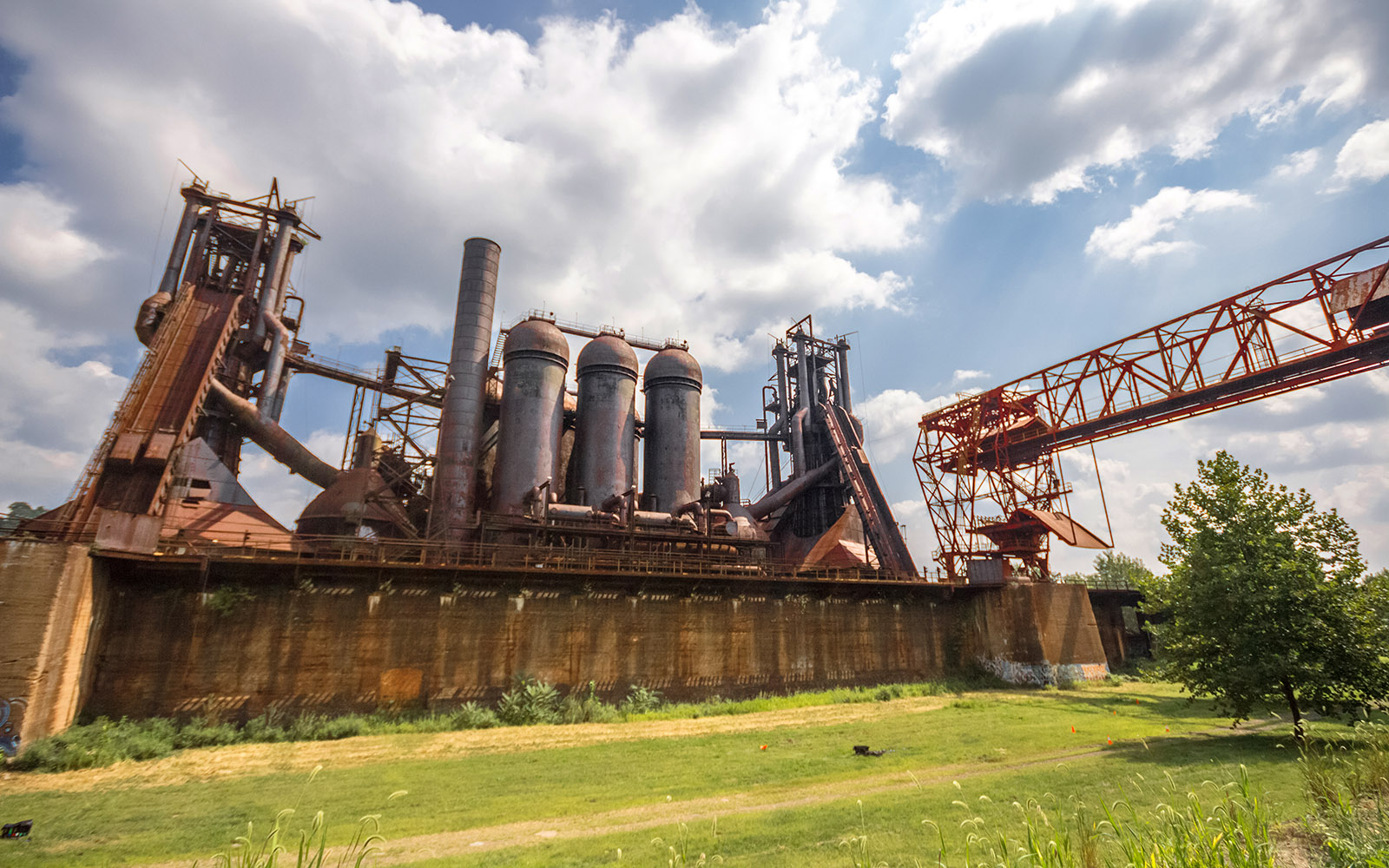
By Ron Baraff, Director of Historic Resources and Facilities | Image of the Carrie Blast Furnaces
 Celebrating Our Industrial Heritage
Celebrating Our Industrial Heritage
Time has taken its toll on sites such as the Carrie Blast Furnaces and the W. A. Young and Sons Machine Shop, but it has not dimmed the visceral impact that it they have on the region. What were once integral parts of a roaring complex web of industry that fueled and fired the twentieth century now remain in silent homage to Western Pennsylvania’s industrial past and its enduring legacy.
Many folks in our region have said, “We’re not a Steel City anymore. We’ve cleaned up. We’ve transformed.” But the past cannot—and should not—be denied. The lessons of the industrial age should not be pushed aside and forgotten. They should be celebrated and respected. This is our past, our heritage.
The image of the region rising from the ashes of postindustrialism has fueled many essays and travelogues, and rightfully so. Steel and heavy industry moved this region forward. To this end, these treasured industrial heritage sites stand not only for the glorious past, but also for the future of the region. They are the first-day attractions we have all have been clamoring for, and are the palette on which we can paint our past, and celebrate our future. It is on their grounds that we can tell the story of industry and the hard, dangerous work that was part of the daily life for generations of men and women.
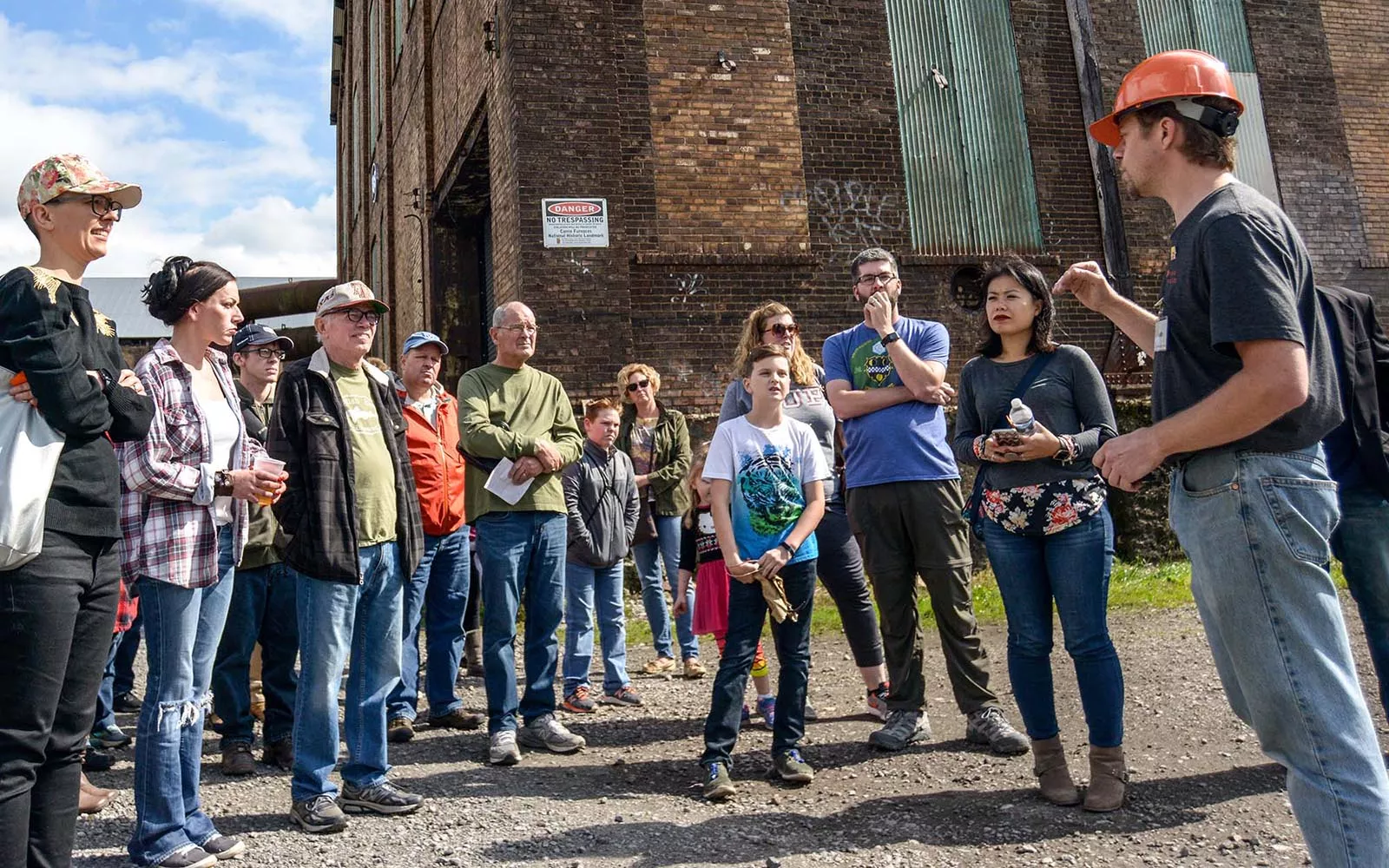
Their story is quintessentially American, the drive for the American Dream, a better life. Upon these palettes, we can tell the story of the “great” Industrialists, like Andrew Carnegie and Henry Frick, and their dominance on the late-nineteenth and first half of the twentieth centuries and those of the individual entrepreneurs—the small shop owners who worked hard to meet the needs of a rapidly changing society. We can tell the story of the rise of labor unions and how during the second half of the twentieth century their efforts and drive for a share the nation’s rich economic pie helped to shape the post-war landscape of this country. It is at these rich sites that we can explore the multitude of reasons that brought about the fall of manufacturing in this region during the late-twentieth century, and how the landscape of the region was forever transformed not just physically, but also emotionally by the massive layoffs that took place and the hundreds of thousand lives that were affected.
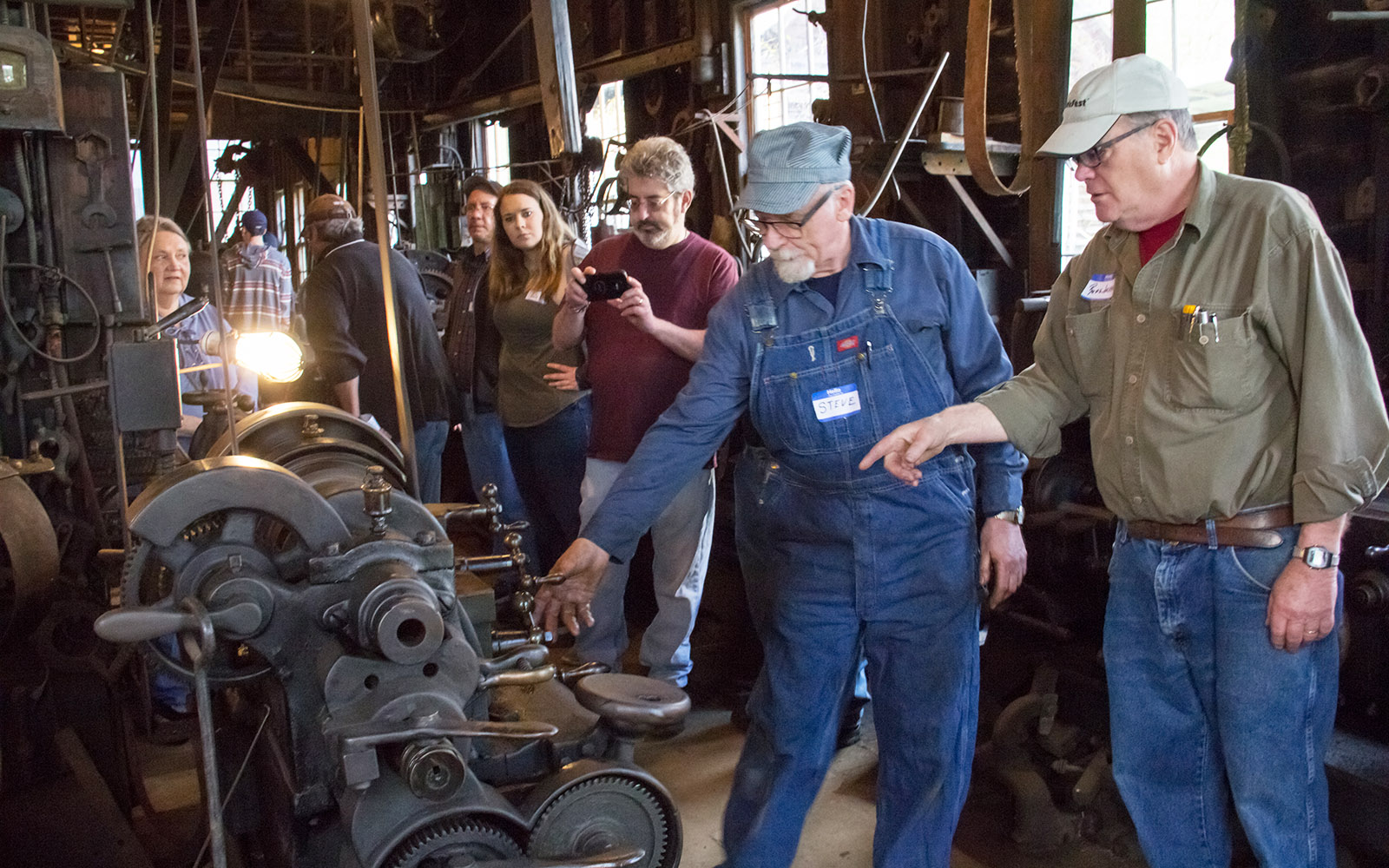
At these sites we can investigate the impact that manufacturing had on this region’s ecology; how alluvial plains, rich forests, and rivers and streams were decimated by industry and how the efforts of the people in this region to clean up the mess that man wrought had a vast and positive effect on our quality of life, all the while helping to hasten our industrial decline. It is at these sites that we can think outside the box of industry. We can invite culture and ingenuity to come together and dream of new and exciting ways to redevelop former industrial sites with cultural events and heritage tourism. The list is endless, as are the aspirations and greatness of this region. All of these qualities are embodied within the physical and emotional contexts that allow our treasured industrial heritage sites to stand as testament to mankind’s accomplishments, past, present, and future.
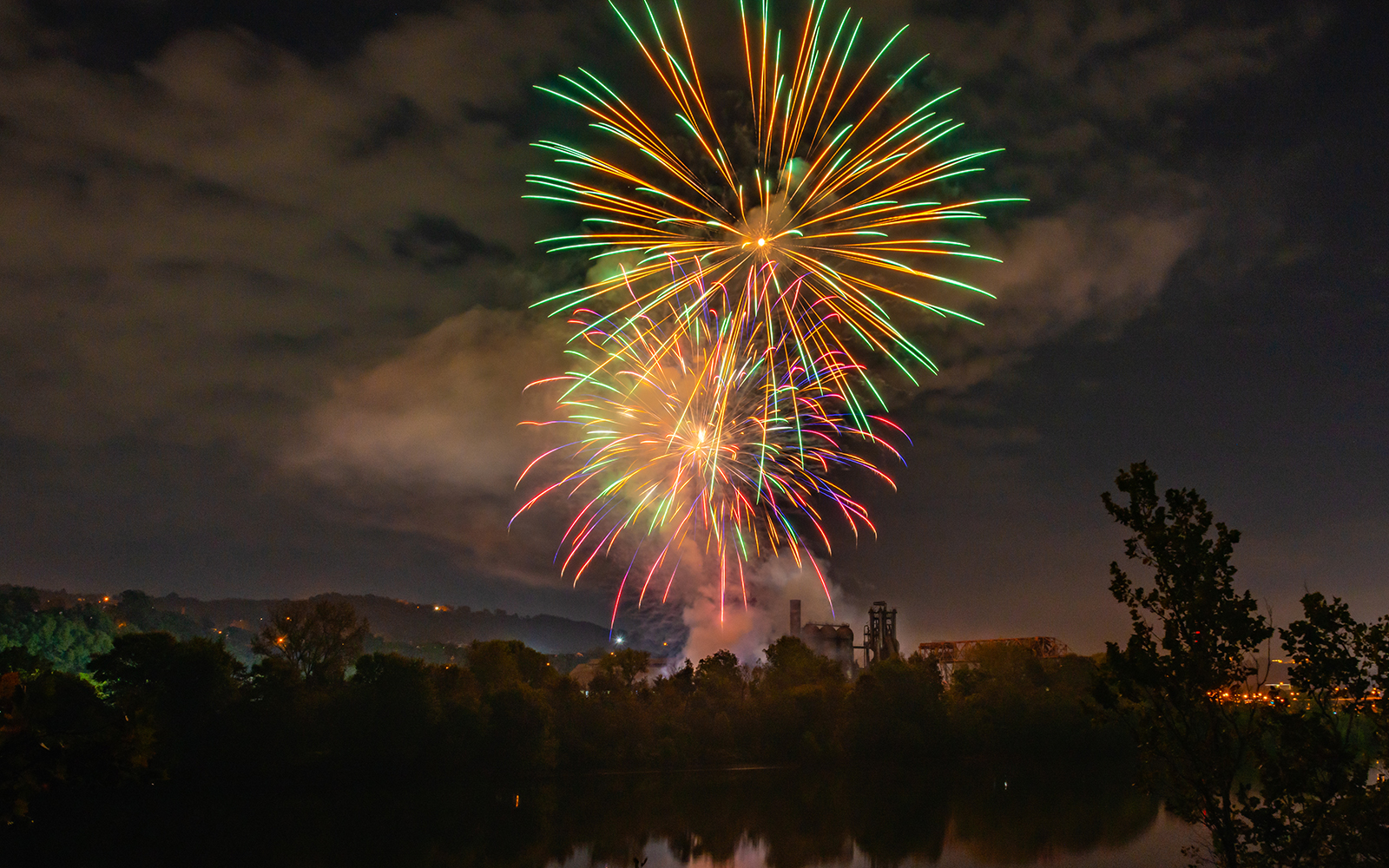
Guide to Images
Featured Image: Carrie Blast Furnaces
Image 1: Tour Guide Keith Clouse leads a group on an Industrial Tour of the Carrie Blast Furnaces, 2018
Image 2: W.A. Young & Sons Foundry and Machine Shop, 2019 Hammer-In Festival
Image 3: Fireworks over Carrie, 2019 Festival of Combustion

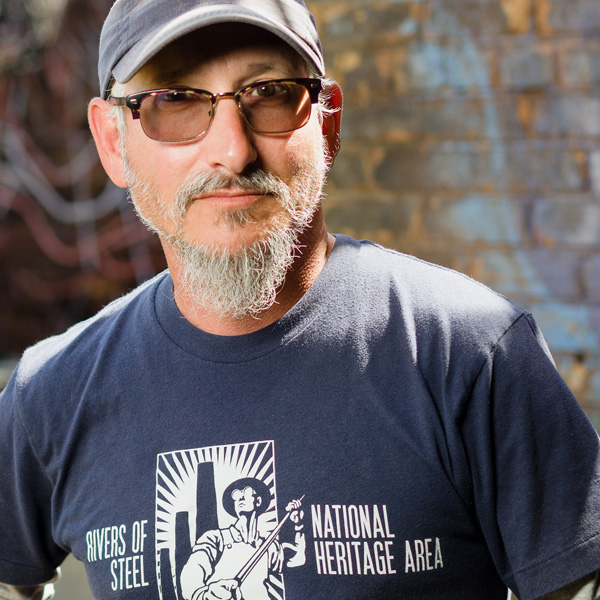 Celebrating Our Industrial Heritage
Celebrating Our Industrial Heritage





